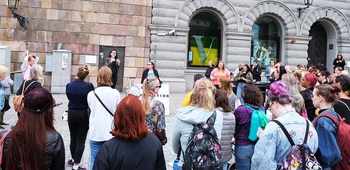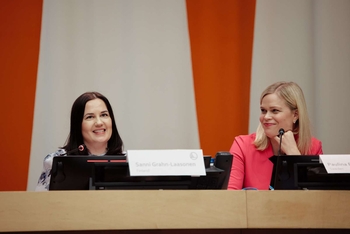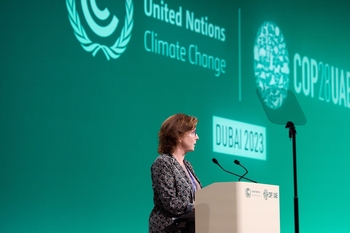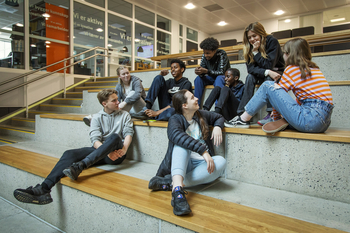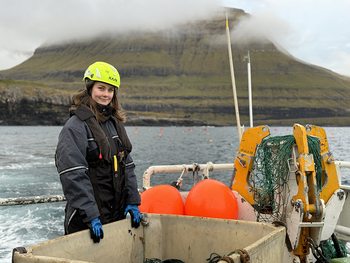Nordic leadership - what makes it so special?

Leadership is always exercised as part of interaction with the rest of society. This means that leadership tends to look different in different parts of the world, simply because society and the values around which it is built differ.
The new report by the Nordic Council of Ministers examines leadership and how it is exercised from a Nordic perspective. The authors have tried to identify the qualities that distinguish Nordic leadership from the leadership we find elsewhere in the world.
The main findings are that Nordic leadership is generally less masculine and with shorter chains of command than many other places in the world. Education is essential for leadership, as are transparency, integrity and trust. As with all types of leadership, the Nordic model is also a reflection of our values.
My hope is that the report on Nordic leadership can serve as a starting point for discussions about leadership issues in the Nordic countries
“My hope is that the report on Nordic leadership will serve as a basis for discussing leadership in the Nordic Region. This issue is all the more relevant considering the changes we can expect going forwards, not least in relation to what is often described as the fourth industrial revolution,” says the Secretary General of the Nordic Council of Ministers, Dagfinn Høybråten.
The report summarises current knowledge and research on Nordic leadership and can be read as an independent interpretation of the results of earlier studies. The report has been written by Ulf Andreasson and Mikael Lundqvist at the Nordic Council of Ministers’ analysis unit.
